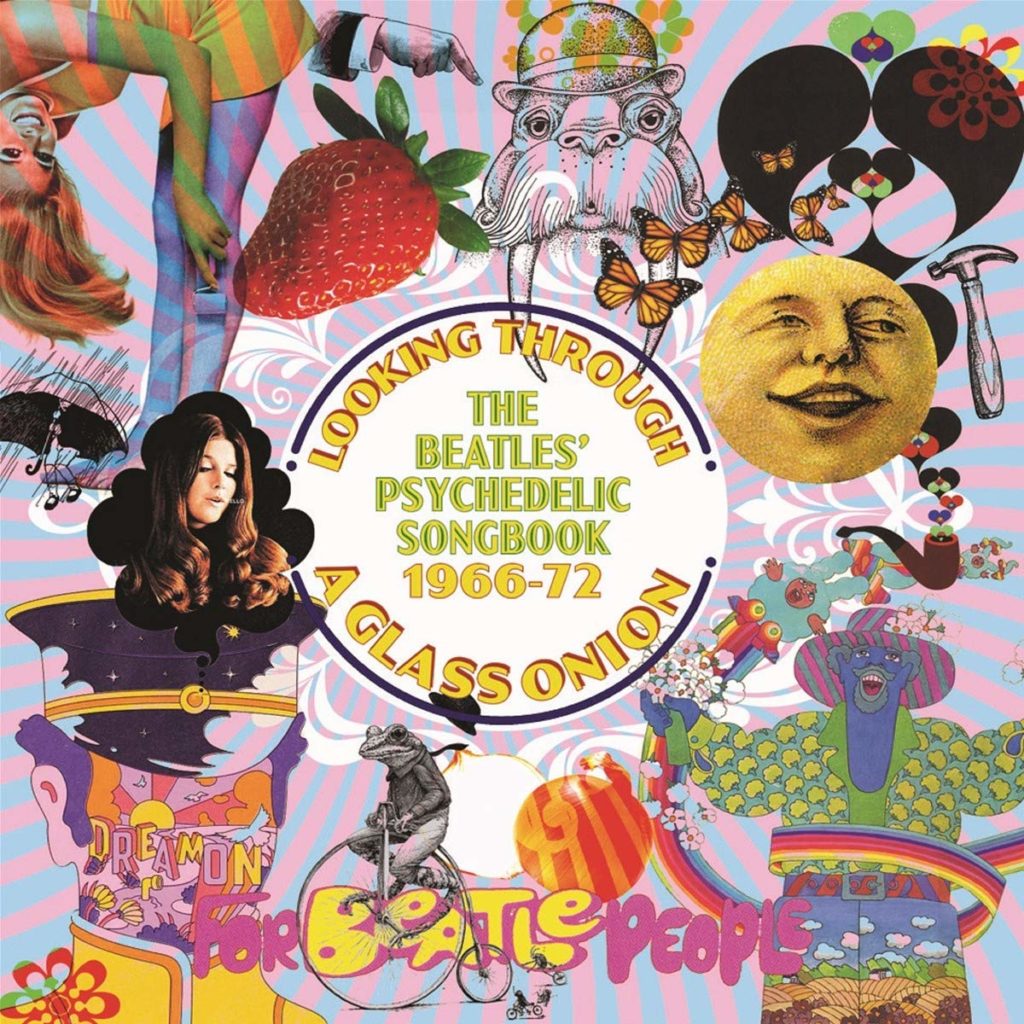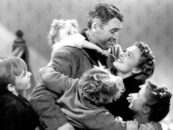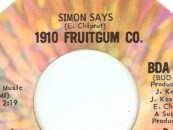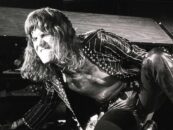A New Set Offers a Magical Mystery Tour of Trippy Beatles Covers: Review
by Jeff Burger Even if you listened eight days a week, it would take you almost forever to hear all The Beatles cover versions out there. A new anthology, however, narrows the field to ones that will fit on three discs by focusing on a noteworthy subset of this material. Called Looking Through a Glass Onion: The Beatles’ Psychedelic Songbook 1966–1972, the collection concentrates on recordings by British progressive and psychedelic acts that were made during the period referenced in the title. The package includes 68 songs offering about four hours of music, plus a 40-page booklet with notes on every track.
Even if you listened eight days a week, it would take you almost forever to hear all The Beatles cover versions out there. A new anthology, however, narrows the field to ones that will fit on three discs by focusing on a noteworthy subset of this material. Called Looking Through a Glass Onion: The Beatles’ Psychedelic Songbook 1966–1972, the collection concentrates on recordings by British progressive and psychedelic acts that were made during the period referenced in the title. The package includes 68 songs offering about four hours of music, plus a 40-page booklet with notes on every track.
The program begins with a big built-in advantage: because these are Beatles covers, it delivers one great number after another, from early gems like “Please, Please Me” and “A Hard Day’s Night” to latter-period classics like “Penny Lane” and “A Day in the Life.” Most of the performers are not nearly as well known as the music, however. You’ll likely recognize such names as Yes (“Every Little Thing”), Spooky Tooth (“I Am the Walrus”), Deep Purple (“We Can Work It Out” and “Help”) and the Hollies (“If I Needed Someone”). But the vast majority of these acts are obscure, and the featured recordings either sold poorly or, in a few cases, have not even been released until now.
In certain cases, that’s not surprising. Some of the tracks—such as Jawbone’s “Across the Universe” and Spectrum’s “Ob-La-Di, Ob-La-Da”—merely echo the Fab Four’s originals, albeit often with enjoyable results. Other numbers constitute failed experiments, such as the strange rendition of “I Am the Walrus” that finds Kevin Ayers’ saxophonist, Lol Coxhill, playing flute and maracas while his three apparently very young children do their best to recite the lyrics. A couple of other tracks are such flops that if the Beatles had released recordings like them, it’s likely that nobody would now know who they were.
But the lion’s share of this anthology offers an engrossing and occasionally even magical mystery tour, as disparate acts inventively reimagine the group’s material. It’s fun to compare the covers with the originals, and sometimes with each other. (The set includes multiple renditions of some tracks, such as “Strawberry Fields Forever” and “I Am the Walrus,” which show up three and four times, respectively.)
Related: What was happening in rock in 1968?
In one standout, a group called Atlantic Bridge turns “Dear Prudence” into an eight-minute, brass-dominated jazz jam. Octopus, which included two future members of Split Enz, delivers a mesmerizing live cover of “I Am the Walrus.”
The Shadows, Cliff Richard’s band, rework “Paperback Writer” as an instrumental guitar showcase while Big Jim Sullivan, a popular session guitarist in the 1960s and 1970s, features sitar on an appropriately wistful “She’s Leaving Home.” Birmingham-based Young Blood display likable harmony vocals on “I Will” while Kippington Lodge, an outfit that evolved into Brinsley Schwarz, serves up a version of “In My Life” that seems reminiscent of Manfred Mann. Sounds Nice—whose name quotes Paul McCartney’s reaction to their music—perform a cool cover of “Flying,” the great Magical Mystery Tour instrumental.
Like the Beatles’ so-called White Album, the anthology ends with a rendition of John Lennon’s “Good Night,” which Ringo Starr sings in the original version. Featured here is a 1969 reading by vocalist Vera Lynn, who died just this past June at age 103. Lynn first achieved fame with her recordings and live performances during World War II, and you can hear the influence of her 1940 reading of “Goodnight, Children Everywhere” in Lennon’s song. Lynn’s sweet Beatles cover failed to chart, so as this album’s frequently fascinating liner notes explain, her producer Stephen James returned his focus to his other client: a piano player who’d recently decided to change his name to Elton John.






No Comments so far
Jump into a conversationNo Comments Yet!
You can be the one to start a conversation.